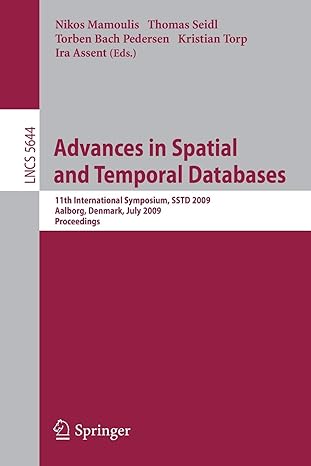Question
In reality, because case, word spacing and punctuation in the ciphertext give additional clues about the plaintext, they are usually removed, and the ciphertext is
In reality, because case, word spacing and punctuation in the ciphertext give additional clues about the plaintext, they are usually removed, and the ciphertext is often organized into groups of characters. For example, the ciphertext in the example above would then look like the following:
KYZJ VETI PGKZ FEDV KYFU NRJL JVUS PIFD REJZ ETVR JRIJ NRIJ
Of course, then it is the responsibility of the person doing the decoding to reconstruct the original word spacing, etc. Removing such clues from the plaintext before enciphering it makes it quite a lot harder to crack the cipher.
When attempting to decipher a shift substitution ciphertext, if you don't already know the number of characters to shift, of course, you need to figure it out.
Using the brute force approach, we can try every possibility, until we find a reasonable looking plaintext.
Question 2: Given the approach described above, for a Shift Substitution Cipher, how many possibilities are there for a shift value? Is this a feasible task?
You can try this Java applet (http://pages.central.edu/emp/LintonT/classes/spring01/cryptography/java/Shift.html) [1] that implements this, if you'd like.
Analyze the letter frequency of the ciphertext, and try to deduce the shift value.
Step by Step Solution
There are 3 Steps involved in it
Step: 1

Get Instant Access to Expert-Tailored Solutions
See step-by-step solutions with expert insights and AI powered tools for academic success
Step: 2

Step: 3

Ace Your Homework with AI
Get the answers you need in no time with our AI-driven, step-by-step assistance
Get Started


